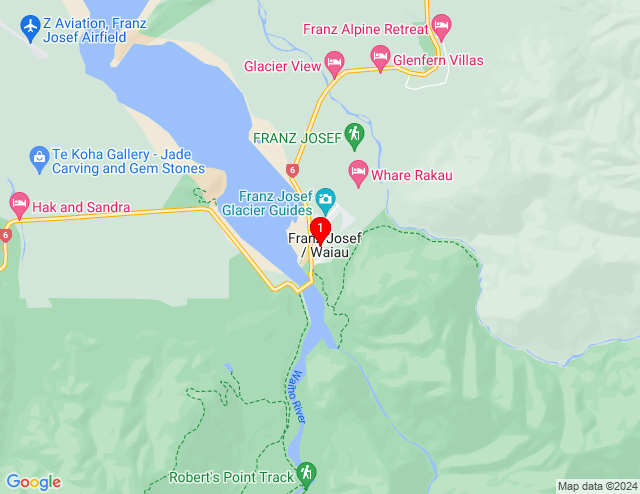Franz Josef Glacier
Nestled in New Zealand's South Island, Franz Josef Glacier is a captivating spectacle of nature's grandeur. This ancient ice formation, named after Emperor Franz Joseph I of Austria, descends through lush rainforests, creating a stunning contrast of icy blue against the greenery. Guided tours offer a chance to explore the glacier's frozen wonders, revealing crevasses and ice caves. Franz Josef Glacier is a testament to the awe-inspiring beauty of New Zealand's natural landscapes.


